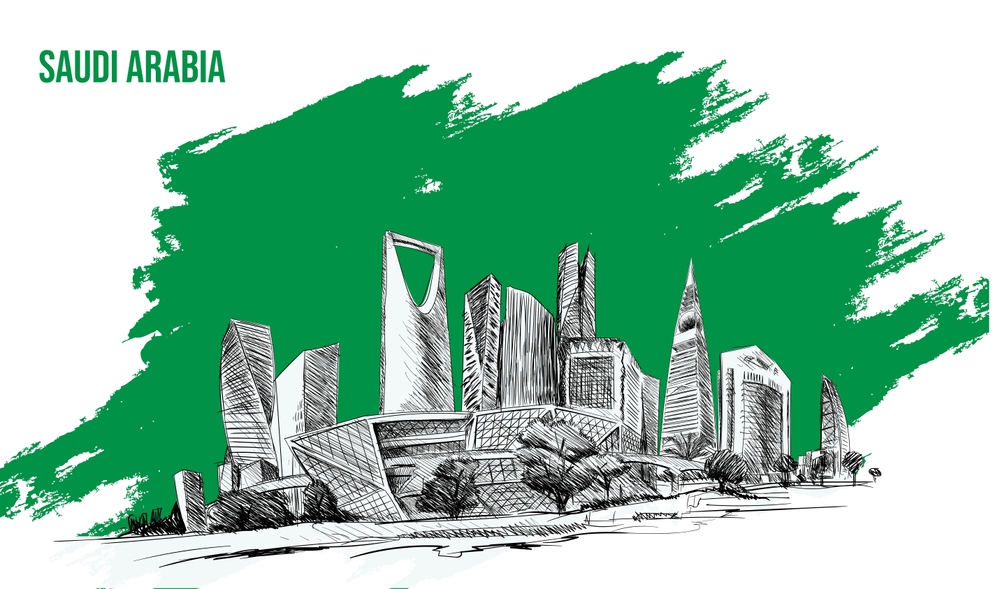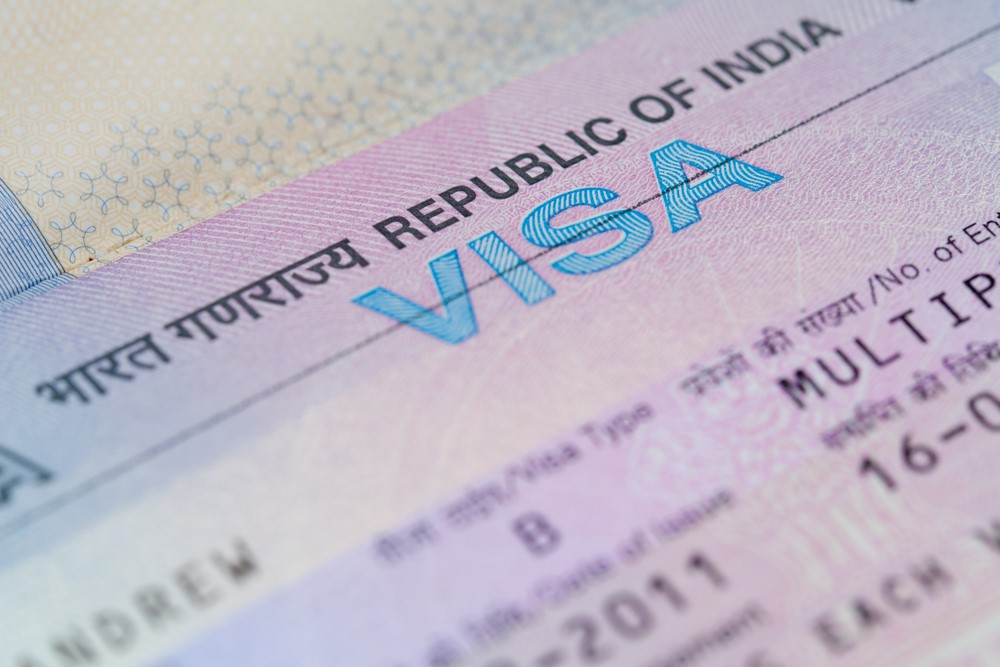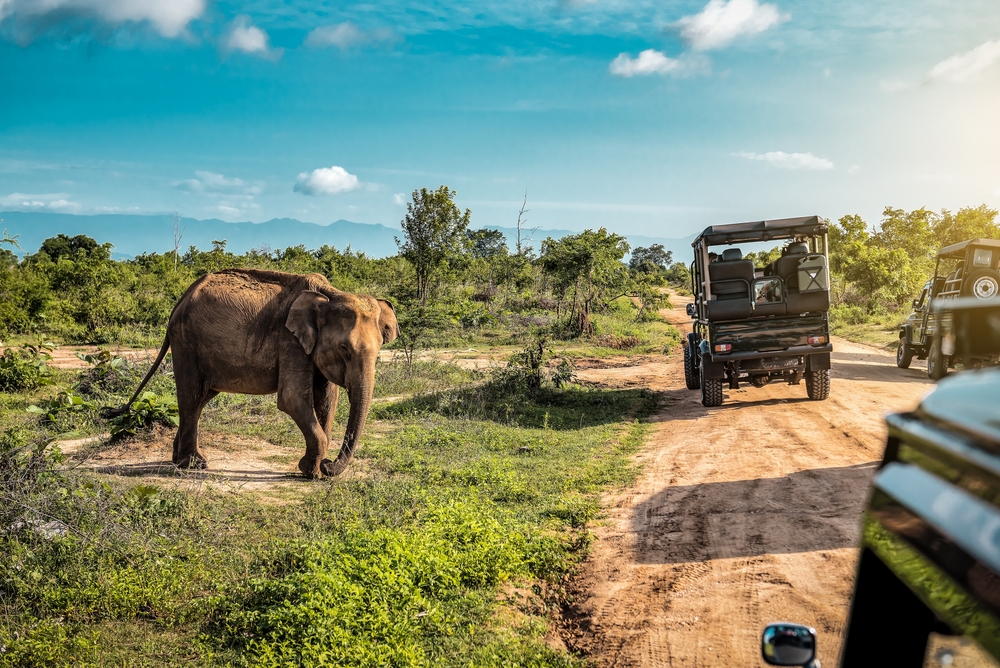Saudi Arabia is often viewed as a land of great deserts, towering dunes, and large cities. Underneath this parched façade, nevertheless, is a shockingly rich and varied natural environment. Many protected nature reserves in the nation are meant to help preserve the notable Arabian Peninsula species. These reserves serve as a potent reminder of the need for conservation and environmental responsibility since they give guests a unique chance to see some of the most amazing species in their natural surroundings.
A Hidden Oasis of Life
Saudi Arabia’s natural reserves are dispersed throughout the nation, from the coastal areas around the Red Sea to the mountainous Asir region. Despite the nation’s mostly arid climate, these areas are teeming with life and provide a haven for species that might otherwise struggle to thrive in the hostile environment.
Situated in the southwest of the kingdom, the King Khalid Wildlife Research Center is among the most important illustrations of this. The area offers a haven for threatened animals, particularly the Arabian oryx. Thanks to reserve conservation efforts, this famous animal—which was previously on the verge of extinction—has made a stunning return. King Khalid’s visitors will be delighted to see these fantastic animals feeding on the reserve’s rich grasses, proving the preservation initiatives’ success.
Several other species enhance the reserve’s variety of life, including the Arabian Gazelle, which flourishes in the more arid areas, and several bird species that pass through the kingdom.
SAUDI VISA FOR BULGARIAN CITIZENS
Wildlife of the Coastal Reserves
The coastal areas of Saudi Arabia provide a somewhat different habitat for species to thrive. The Red Sea shoreline is well-known for its rich aquatic life; hence, the protection of this fragile equilibrium depends on the reserves found here. One outstanding example is the Farasan Islands, off the coast close to Jizan. On land, as much as in the sea, these islands support many species.
The Farasan Islands are home to various endangered animals, including the Arabian Red Fox, wild goats, and several bird species, including the Socotra cormorant. Turtles—especially the threatened Hawksbill and Green sea turtles—also find habitat on the islands. The Farasan Islands Nature Reserve pays great attention to protecting these fragile species and their habitats since they are essential for maintaining biodiversity.
Not less remarkable is the aquatic life near the Farasan Islands. Amazingly diverse fish abound in the local coral reefs, ranging from parrotfish to clownfish to barracuda. Dolphins and dugongs find refuge in the turquoise seas, which also allow guests to enjoy the underwater beauty of Saudi Arabia.
The Majestic Arabian Leopard
The Arabian leopard may be the most secretive and famous species in Saudi Arabia’s nature reserves. Once common over the Arabian Peninsula, habitat loss and poaching have severely endangeredseverely endangered this magnificent large cat. With a committed commitment to returning the Arabian Leopard to its natural habitat, Saudi Arabia has been at the forefront of efforts to safeguard the species.
One of the primary sites where this reintroduction endeavor is in progress is the southwest Asir National Park of the nation. The park’s mountainous geography, which combines grasslands, woodlands, and rocky cliffs, offers the ideal habitat for the Arabian Leopard to wander unrestrained. Although sightings of this secretive predator are rare, the park provides a vital habitat for the species, and evidence of Saudi Arabia’s dedication to wildlife protection shows here in the wild.
The Role of Conservation in Preserving Wildlife
Saudi Arabia’s commitment to preservation directly accounts for the success of these natural reserves. The government has taken major action recently to preserve its natural legacy and guarantee that future generations will have the chance to see the kingdom’s varied life. Programs meant to restore threatened species—like the Arabian Oryx and the Arabian Leopard—have shown success since numbers in protected areas have been consistently rising.
Saudi Arabia is also emphasizing sustainable travel that reduces the environmental impact on the nation’s valuable ecosystems. Respecting the land and the wildlife, visitors to the reserves are urged to help ensure that these protected places stay safe for humans and other species for future generations.
Experiencing the Wildlife of Saudi Arabia’s Reserves
Saudi Arabia’s natural reserves provide a unique experience for those who enjoy the outdoors and animals. These reserves offer evidence of nature’s beauty and resiliency, whether that means viewing the magnificent Arabian Oryx grazing in the plains, finding the elusive Arabian Leopard in the mountains, or snorkeling in the vivid Red Sea coral reefs.
The abundance of life in the kingdom’s reserves shows its dedication to preservation. Seeing these places not only provides a window into Saudi Arabia’s natural environment but also helps one appreciate the need to safeguard the fragile equilibrium of life on Earth.
These nature reserves will remain essential havens for threatened species and a site of wonder for anyone wishing to commune with the natural world as Saudi Arabia continues to spend money to safeguard its ecosystems and biodiversity. These rich, protected regions serve as a reminder of the fantastic variety of life in the most unlikely places in a nation where the desert rules.
Also read: A Spiritual Journey Through Saudi Arabia’s Sacred Sites




